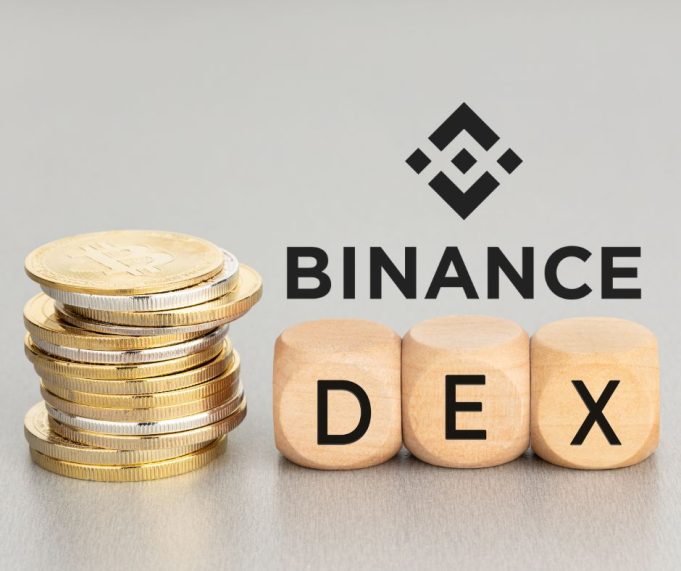Binance Chain, and its associated DEX, is a decentralized blockchain marketplace – one in which assets are not sent to a single platform or entity but instead orders and transactions take place directly on the blockchain itself. This means no middleman fees, users remain in charge of their assets, and the Blockchain is secured via the Byzantine Fault Tolerance (BFT) consensus mechanism, making transactions final and ensuring zero risk of chain modification and/or forking scenarios. Binance’s DEX keeps its order book on the blockchain, meaning anyone who runs a full node has a full copy of it. The matching engine is what sets Binance DEX apart from exchanges like Binance.com, as it utilizes a “discrete matching engine” in which orders are collected every block and all open orders up to the latest block are matched at the end of that block.
How an order gets matched depends on a series of factors, such as highest bid price outweighing the lowest ask price, order matching priority first by price aggression, then second by the time (block height) that the orders were accepted, and whether or not there is enough executable volume at the block fill price.
At Binance DEX, orders can only be filled if the bid price is higher than the lowest ask price and a single price is used for all order matches. Allocation of order fills is settled using a specific set of rules. For example, orders with the highest bid price will match with the lowest ask price, and when all bids or asks at the block fill price cannot be fully filled by the respective asks or bids, orders from the earliest blocks are selected and filled first. If all bids or asks are equal within the same block, they will then be allocated in proportion to their quantity.
To make the most of Binance DEX, it’s important to note some of the scenarios. For example, say a buyer places a large buy order at one price—this may result in the price being settled at a lower one. The same could apply to a seller who places a large sell order. It is always better to use multiple orders, of smaller sizes, to achieve a fairer notional price. Additionally, if there are already sell orders of the same price, those orders are matched first.
Visiting Binance DEX’s educational page can provide more information on how exactly orders are handled, as well as use cases. The information provided should be used to maximize the potential of the decentralized exchange.
In conclusion, Binance DEX is a great way to trade tokens, but understanding the mechanics of the matching engine and its scenarios is key to getting the most out of it and achieving the best notional prices.













